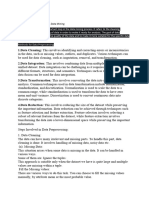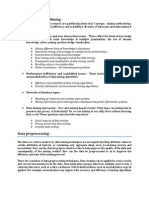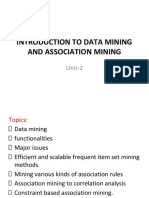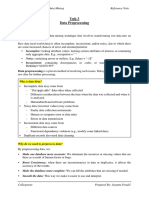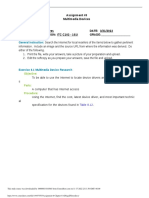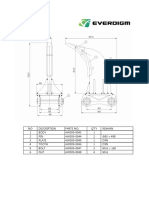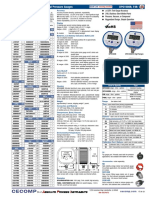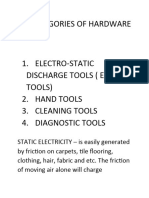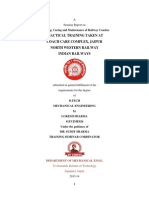0% found this document useful (0 votes)
20 views27 pagesData Integration and Data Reduction
Data integration in data mining combines data from multiple sources into a unified view, involving processes like ETL and data federation to enhance analysis and decision-making. It faces challenges due to varying data formats and structures, and is crucial for applications like business intelligence and analytics. Additionally, data reduction techniques help manage large datasets by preserving essential information while minimizing size, using methods such as sampling, dimensionality reduction, and data compression.
Uploaded by
trippune2025Copyright
© © All Rights Reserved
We take content rights seriously. If you suspect this is your content, claim it here.
Available Formats
Download as DOCX, PDF, TXT or read online on Scribd
0% found this document useful (0 votes)
20 views27 pagesData Integration and Data Reduction
Data integration in data mining combines data from multiple sources into a unified view, involving processes like ETL and data federation to enhance analysis and decision-making. It faces challenges due to varying data formats and structures, and is crucial for applications like business intelligence and analytics. Additionally, data reduction techniques help manage large datasets by preserving essential information while minimizing size, using methods such as sampling, dimensionality reduction, and data compression.
Uploaded by
trippune2025Copyright
© © All Rights Reserved
We take content rights seriously. If you suspect this is your content, claim it here.
Available Formats
Download as DOCX, PDF, TXT or read online on Scribd
/ 27
























